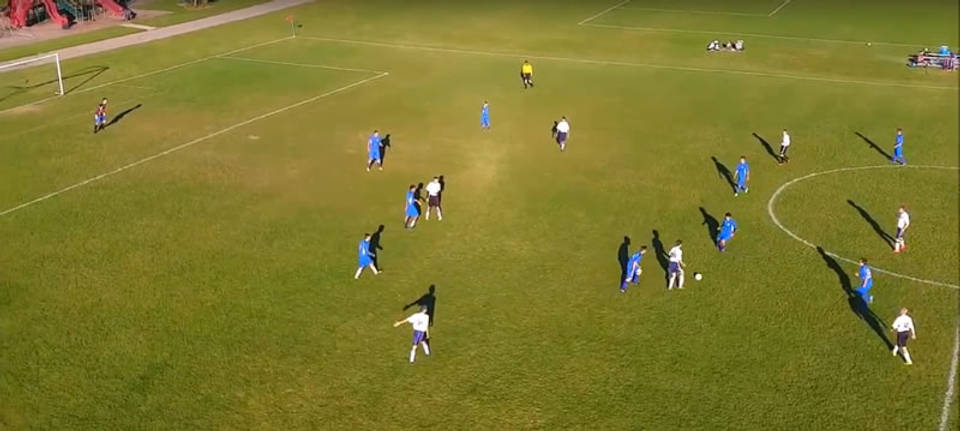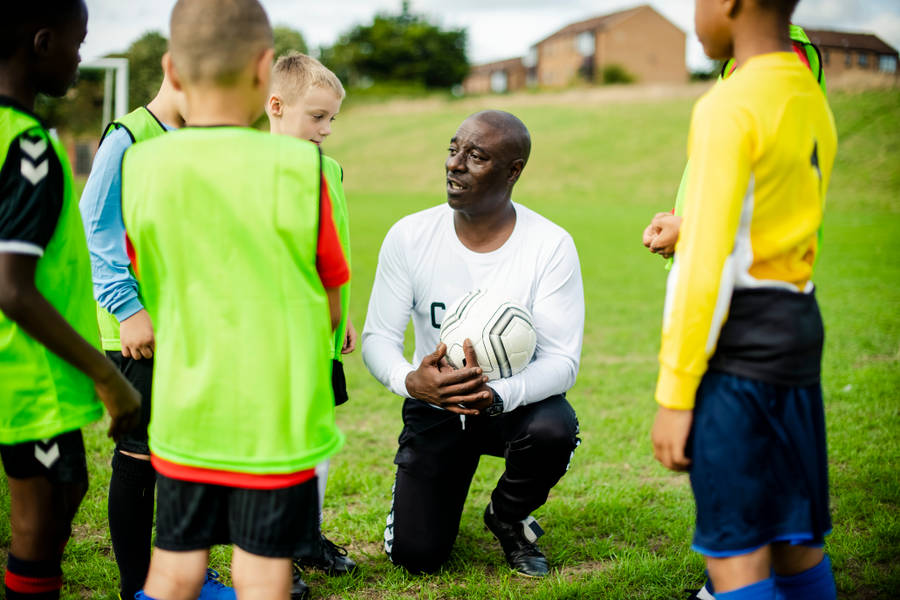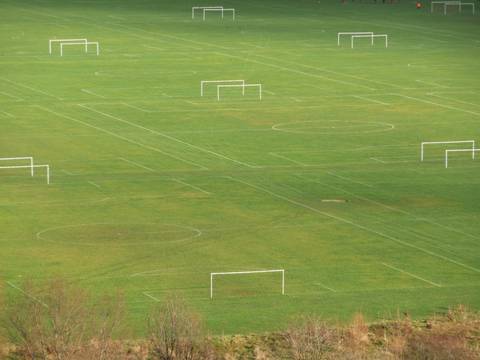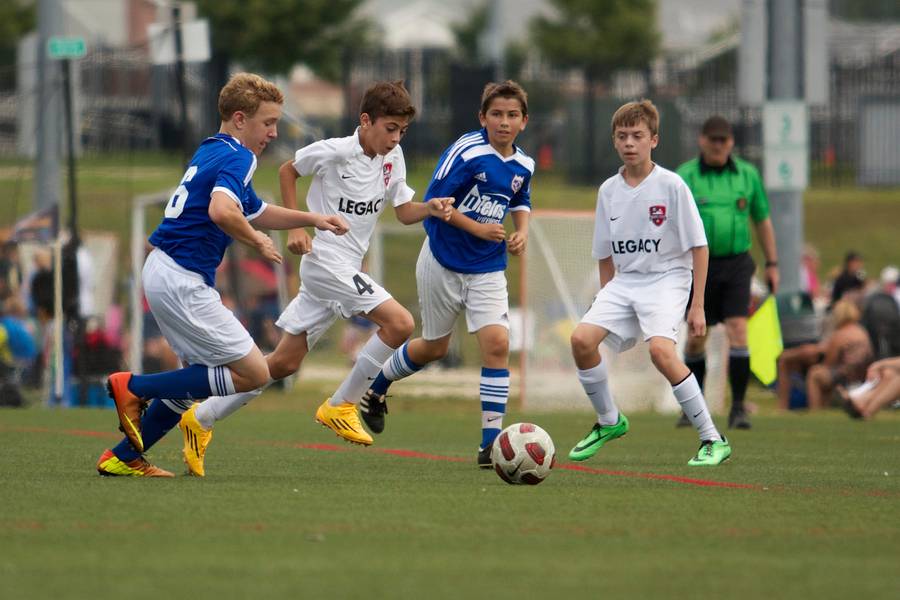
This is a subject many youth football coaches are often uncomfortable with.
Depending on which players / parents you speak to the coach is either a win-at-all-costs obsessive who cares little about getting all the kids game time or they are too soft and allow the pushy parents pressure them into playing all the kids the same amount down to the absolute minute!
In essence, probably neither end of the spectrum is the right approach. In youth football, if a player comes to training, pays attention and does their best, they should get some playing time in every game regardless of opposition or context of the game.
Whilst overall an equitable approach to playing time is laudable, in reality you need to give yourself room for manoeuvre. If a player comes to all the training sessions, pays attention to the coaches and tries their best, but then their teammate persistently skips training, doesn’t listen and coasts or rarely tries very hard, it’s not unreasonable to expect that the two will not play the same amount of time.
Whilst I personally don’t believe in uneven playing time based on ability, I do favour it as a reward for attitude, application and development.
Which brings us on to a second subject, how to cope (because that’s often what it is) with players who are disruptive.
It is rare even for professional teams to not have players who are disruptive. In Junior football it’s a nailed on certainty you will have someone who has the potential to undermine your sessions.
These are some strategies you can use to help minimise this disruption:
Avoid long queues in your training drills
It goes without saying that when children are having to wait behind more than two people problems are going to occur straight away. The children with the lowest concentration threshold simply won’t be able to keep their focus on what you’re doing. Children who are used to getting their own way will start pushing their way in and before you know it your session has descended into petty arguments and players falling out with each other.
It’s also nigh on impossible to control when you’re trying to organise what’s happening at the other end of the drill.
To counter this you can think about having more than one starting point, so the queues are shorter at each station. Alternatively, think about having players completing another exercise between their turn in the drill and before they return to the back of the queue.
Ideally though, try to design your drills so that queues don’t form, but this is easier said than done at times.
Cut out the lectures
When talking to the players as a group, there is a danger of disruption from players, especially those with minimal attention.
The likely offenders will be known to you and will often find their way out of your eye line. Don’t be afraid to move them to the front or somewhere else before you start talking. Watch out for the players who can’t keep still and walk behind when you are talking, any group situation must be on your terms. Be sharp though, with younger players especially, anything more than a one-minute chat can be a disruptive flash point.
Keep it busy and fun
A well planned training session which is full of varied play, will reduce the opportunity for disruption. Too many samey drills, too little finishing or game time, will mean players get bored and become disruptive.
The more they are busy and physically engaged, the more likely that players will become mentally and physically tired and much less likely to be a problem to you.
Key drivers of player disruption and some tips to overcome them:
Boredom – the training is too repetitive and not challenging enough.
Influenced – the player is easily influenced by other disruptive players.
Tired and hungry – Is it an evening training session? Have they eaten since lunchtime? Could you have something to eat and / or drink ready?
Negative feedback – If a player consistently hears their name in negative terms they will quickly start to lose respect for you and become a destructive, disruptive influence.
Don’t criticise your players, layer positive feedback with corrective feedback make a player think about their play or the exercise they are engaged with.
Player timeouts and Sin-bins
If all else fails and you have a player who is undermining you and your session it might be best that you remove them for a short period of time to enable them to consider their behaviour and to allow your session to gather pace and quality.
This should never be an empty threat and only be used sparingly as a last resort. The Sin bin should be away from the other players' field of vision and somewhere you can see them.
It often helps if you inject more pace into your session during this time, so they can see the players responding to their absence with stronger and quicker play.
When they have sat out for the correct period of time, you should allow them to re-join without further comment. Don’t continue to use it as a stick to beat them with, try to move the whole session on.
Set expectations early
Coaching Junior football often means setting out expectations from the beginning so don’t be afraid to make your standards clear from the start. There are few people who will argue against correlating playing time with the respect your players are showing for you and your coaching.
Hopefully these tactics will enable you to minimise the disruption in your sessions and all your players will be able to enjoy participating and making good contributions. When you have an even spread of commitment, behaviour and development you can have a more balanced approach to playing time too.


















